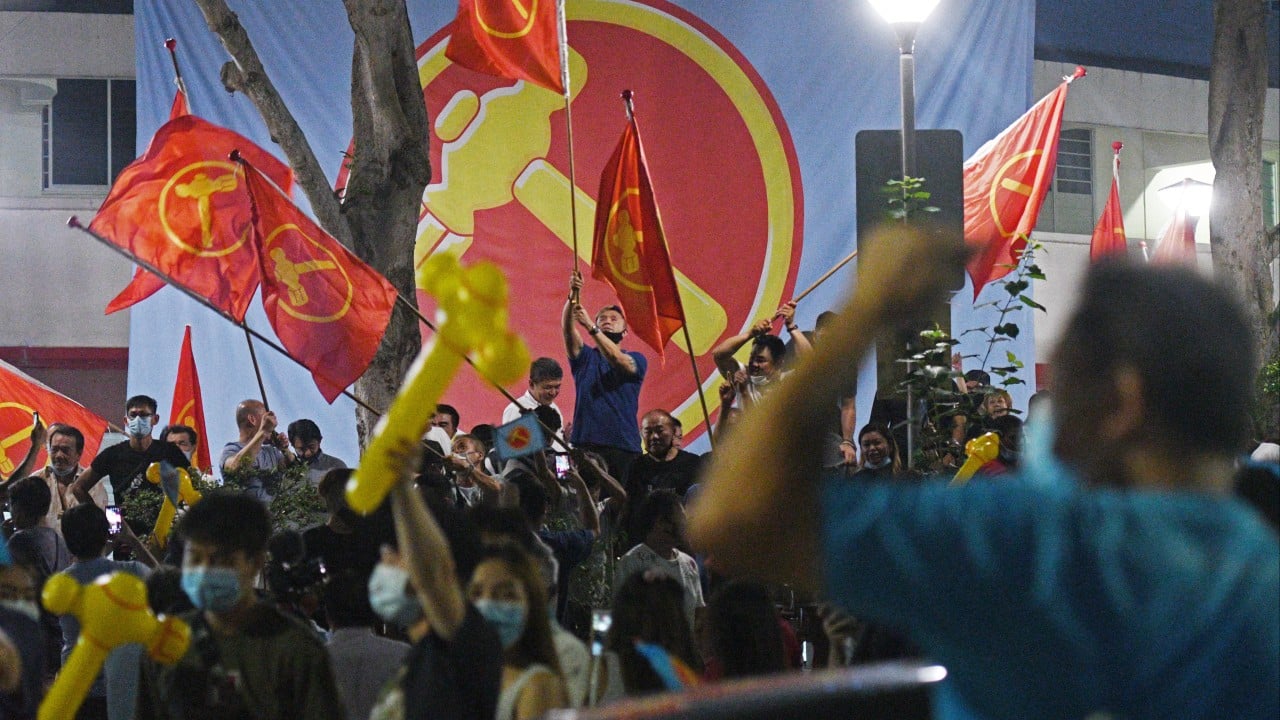Published: 5:48pm, 22 Apr 2025Updated: 5:55pm, 22 Apr 2025
As Singapore closed in on the 2006 general election, its first prime minister Lee Kuan Yew told young voters in a televised dialogue that the opposition was not up to mark and that the best candidates were in his People’s Action Party (PAP).
Advertisement
Referring to then-Workers’ Party (WP) chief Low Thia Khiang, Lee said: “The problem is he cannot find capable people to match the PAP. That’s the nub of it all.”
Weeks later at the 50th anniversary dinner of the Foreign Correspondents Association, Lee, who stepped down as prime minister in 1990, famously said: “I want a first-class; a world-class opposition. Not this riff-raff.”
Four elections and less than two decades later, the gap between the credentials of the opposition candidates and the ruling PAP appears to have narrowed considerably, but voters have come to expect more than the qualifications of their would-be members of parliament, according to political analysts who spoke to This Week in Asia.
While the PAP has ruled without interruption in Singapore since before the city state’s independence in 1965, the opposition’s presence has been growing in recent elections. Since 2015, the opposition has made a bid for every seat in every election.
Advertisement
In the 2011 election, Low’s WP won its first multi-ward constituency in Aljunied. In the election in 2020, the opposition party clinched a second multi-seat constituency in Sengkang, expanding its reach in the northeast of Singapore and earning it a record 10 of the 93 seats in parliament.
The party’s current chief Pritam Singh was officially named Leader of the Opposition – the first time that an opposition party head was given such a title in the country’s history.

